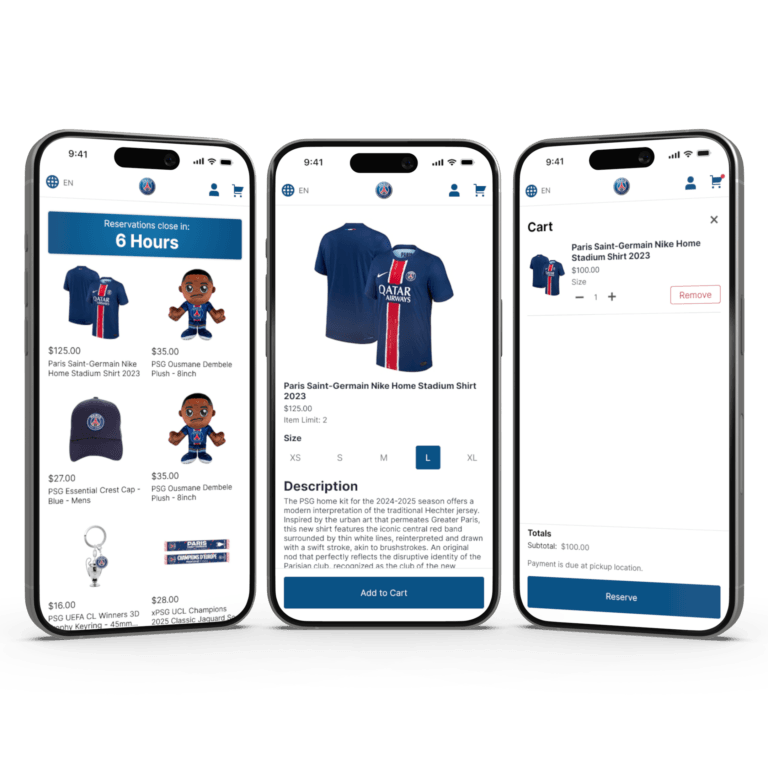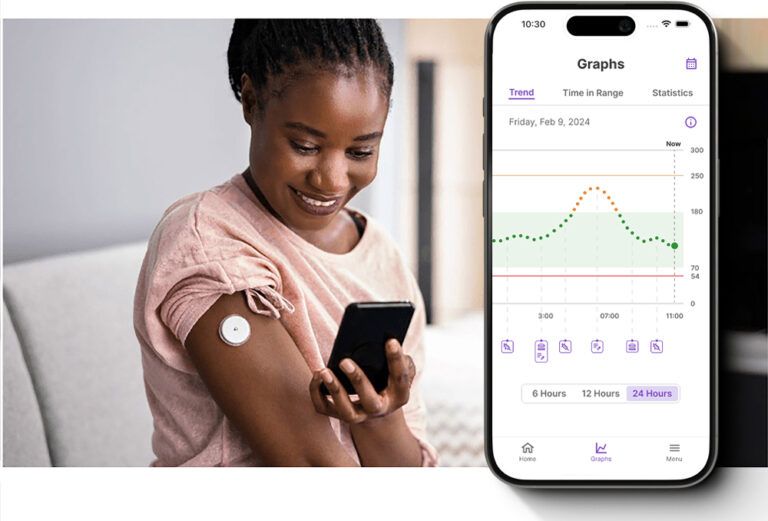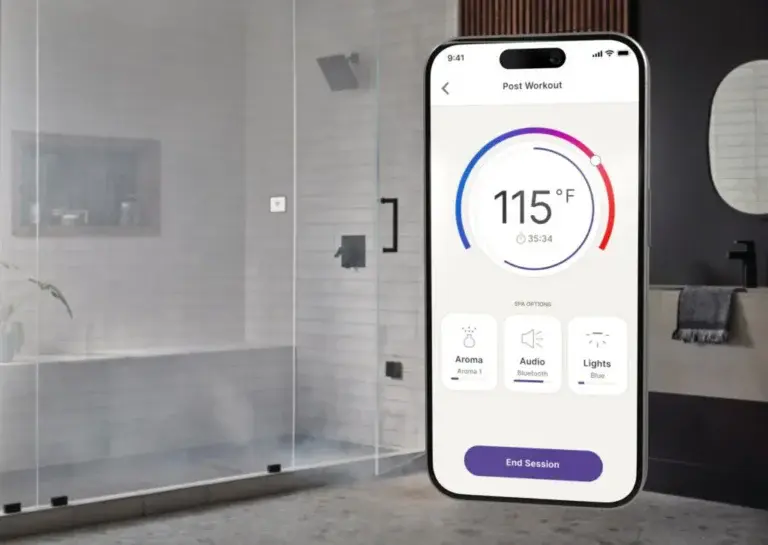
Optimizing Needle Length for Effective Drug Delivery
Our global pharmaceutical client needed to systemize needle length manufacturing specifications for various injectable drugs.
Together, we created a tool that helps product designers determine the length of needles to manufacture, all displayed on a user-friendly interface.
What We Did
Tech Stack

Opportunity
Our client develops pharmaceuticals and drug delivery systems. About a year before our engagement, they began to create a spreadsheet to systematize needle design decisions for injectable drugs. This process revealed the true complexity of the problem set, which was much more than they could handle in a spreadsheet.
Our client’s project manager had worked with us at a prior company, and reached out to see if we could help.
Solution
Our global pharmaceutical client had a limited budget and timeline, so we needed to quickly choose which features to prioritize. We started with Discovery sessions that helped us understand our client’s domain and their goals for the product. We had honest conversations to discuss the cost versus benefit of each feature our client was interested in including and determined the product’s direction together.
The heart of the application was an algorithm that needed to report the probability of a needle penetrating to a specific layer of skin (subdermal, subcutaneous, or intramuscular).
As the algorithm began to take shape, our client and team faced additional complexity that was not addressed in the spreadsheet. The inputs didn’t completely reflect device effects and manufacturing tolerances. This meant we needed to dig into the statistics behind the tool we were building to develop a new algorithm.
The algorithm relied on data from medical studies to provide data for its calculations. We then needed to present the output of this algorithm in a clear, visually appealing way so our client’s engineers can make effective product design decisions.
We dove into this work using Dual-Track Agile methodology. Our designer created user personas and user interface (UI) wireframes while our engineers worked on the algorithm and backend of the application.
We wanted to make sure this application would be adopted by our client’s design engineers, so clarity in the user interface was extremely important. In order for them to trust the tool, we needed to present the data in a clear way that would instill confidence, not confusion.
We went through several iterations of feedback and adjustments to be sure that our application provided what our client needed to know and didn’t include any unnecessary information that could be confusing or distracting.
We also added functionality that allows design engineers to adjust the parameters of the algorithm and change which case studies inform the basis of its calculations. This makes it easier to customize the algorithm and keep it up-to-date with new studies.
Results
The software application was a huge hit with our client. Our designer found a way to present a wall of numbers in an easily digestible format, and our engineers created a more thorough and accurate algorithm to inform our client’s needle design decisions.
The application now computes the likelihood of delivering medication to the intended dermal layer based on factors like injection site and tissue tenting. It also provides our client’s design engineers with the consequences of different design choices, so they can make informed decisions.
Our client was overjoyed with this end result. They appreciated the close collaboration and honest conversations we had around product direction that allowed us to create a usable and accurate tool together.
Recent Case Studies


Empowering Patients with a Groundbreaking User-Friendly CGM

Crafting Luxury Smart Home Solutions: The Power of Tech-Enabled Innovation
Let’s develop something special.
Reach out today to talk about how we can work together to shake up your industry.